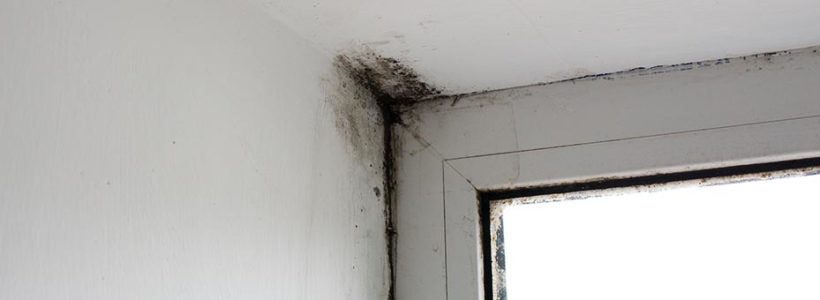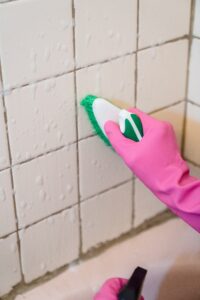From Detection To Correction - Managing Water Stains On Your Walls
From Detection To Correction - Managing Water Stains On Your Walls
Blog Article
Almost everyone has his or her own way of thinking on the subject of How to Remove Water Stains from Walls and Ceilings.

Water stains on walls are not enjoyable to the eyes. In some cases it seems practically unavoidable to experience water stains on walls in homes.
Homeowners living in moist areas continuously deal with the fear of water discolorations on walls. With all-around and also precise info on the causes of water discolorations as well as prompt repair service processes, you will certainly constantly be a step in advance of such incidents.
3 Common Root Causes Of Water Spots on Wall Surfaces
As opposed to common belief, water spots on walls do not constantly stem from inadequate building products. There are a number of causes of water discolorations on walls. These consist of:
Damp
When warm damp air meets dry cold air, it triggers water droplets to base on the walls of buildings. This takes place in bathroom and kitchens when there is heavy steam from food preparation or showers. The water droplets can discolor the surrounding walls in these parts of your residence and infect other locations.
Moist or condensation influences the roofing system and wall surfaces of buildings. This triggers them to appear darker than various other areas of the house. When the wall is wet, it produces a suitable atmosphere for the development of microbes as well as fungi. These might have adverse impacts on wellness, such as allergies and also respiratory problems.
Poor Drainage
This will avoid water from leaking right into the wall surfaces. This web links to too much moisture that you see on the wall surfaces of your building.
So, the leading reason for wet walls, in this situation, can be a poor drain system. It can additionally result from inadequate monitoring of sewer pipelines that go through the structure.
Pipeline Leaks
Many houses have a network of water pipelines within the wall surfaces. It constantly boosts the stability of such pipelines, as there is little oxygen within the wall surfaces.
Yet, a disadvantage to this is that water leak influences the wall surfaces of the structure and also causes widespread damage. A dead giveaway of malfunctioning pipelines is the look of a water discolor on the wall.
Pro Tip
A houseplant in your house additionally raises its moisture. If the residence is currently moist, you might want to introduce houseplants with minimal transpiration. An example of ideal houseplants is succulents.
Water Discolorations on Wall Surface: Repair Work Tips
Property owners would typically want a quick fix when managing water discolorations. Yet, they would certainly soon realize this is disadvantageous as the water discolorations persist. Below are a few valuable tips that will certainly guide you in the fixing of water spots on wall surfaces:
Final thought
Although no person wants to have water spots on walls in their residence, it can happen to the very best people. This short article gives you utilize, as you currently recognize how to manage this problem if it does happen.
It is constantly best to recruit professional services to assist repair the damages in your home.
Occasionally it seems almost inescapable to experience water discolorations on walls in homes.
In contrast to preferred belief, water stains on walls do not constantly stem from inadequate building materials. There are a number of reasons of water discolorations on walls. The water droplets can discolor the bordering wall surfaces in these components of your home and spread to other areas.
Right here are a couple of handy tips that will direct you in the repair service of water discolorations on wall surfaces:
CHECKING FOR WATER DAMAGE
Water damage can be costly, and it may begin before you even notice the first signs of trouble. Water damage can cause mold and mildew in your walls and floors, which can create an abundance of health concerns for your family. It can also lead to costly repairs of various appliances and general home fixtures. To avoid the pricey consequences of water damage, here are Warner Service’s top 5 places you should check:
The walls – The easiest place to spot the beginnings of water damage is on the walls and ceilings of your home. If water damage is present, there will most likely be water stains, especially around the windows and doorframes, and/or cracks in the drywall. If a stain looks unusual (discolored to brown, black or gray, raised texture), has a swollen appearance or is soft to the touch, contact a professional immediately. The pipes – To avoid water damage, consistently check the pipes in your kitchen (especially the dishwasher and ice maker), bathrooms, laundry room (specifically washing machines) and basement for corrosion, leaks and water stains. Pay special attention to where the pipes connect in your home and the location of caulking around the bathroom fixtures, including toilets, sinks, showers and tubs. Missing or loose caulking and grout could be signs of leaking water. This seepage can also quickly cause mold and rust, so double check your water heater and tank for wet spots on the floor. The floor – Water damage is very easy to spot on the floor. Look for any warping or buckling of the material, especially in the basement. If your home has wood flooring, look for bright white or dark stains. If your home has carpeting, keep it dry and clean. A damp carpet that smells of mold could cause water damage and health problems. To avoid this, consider installing floor pans under your appliances to help prevent damages from small, slow and undetected leaks. The basement and attic – If your basement or attic smells odd check for mold and mildew around the area, especially the valley where the roof meets. While you are inspecting those areas, check for wall cracks, floor stains, rust and dampness in the insulation. If you live in a colder and/or rainier climate, perform routine checks for water damage from melting snow or ice and rain. The exterior – Check the roof for damaged flashing and missing, cracked or curled shingles. There should also be no standing water anywhere outside your home. This could be caused by puddles, leaky rain gutters or hoses, poor drainage, or short gutter spouts. Invest in a sump pump system or water flow monitoring system, and perform routine maintenance on these outdoor appliances to avoid indoor water damage.

I came across that page on Indicators of Water Damage Behind Walls while doing a search on the web. Don't hesitate to take the time to share this blog entry if you enjoyed it. We thank you for reading our article about Indicators of Water Damage Behind Walls.
At This Website
Report this page